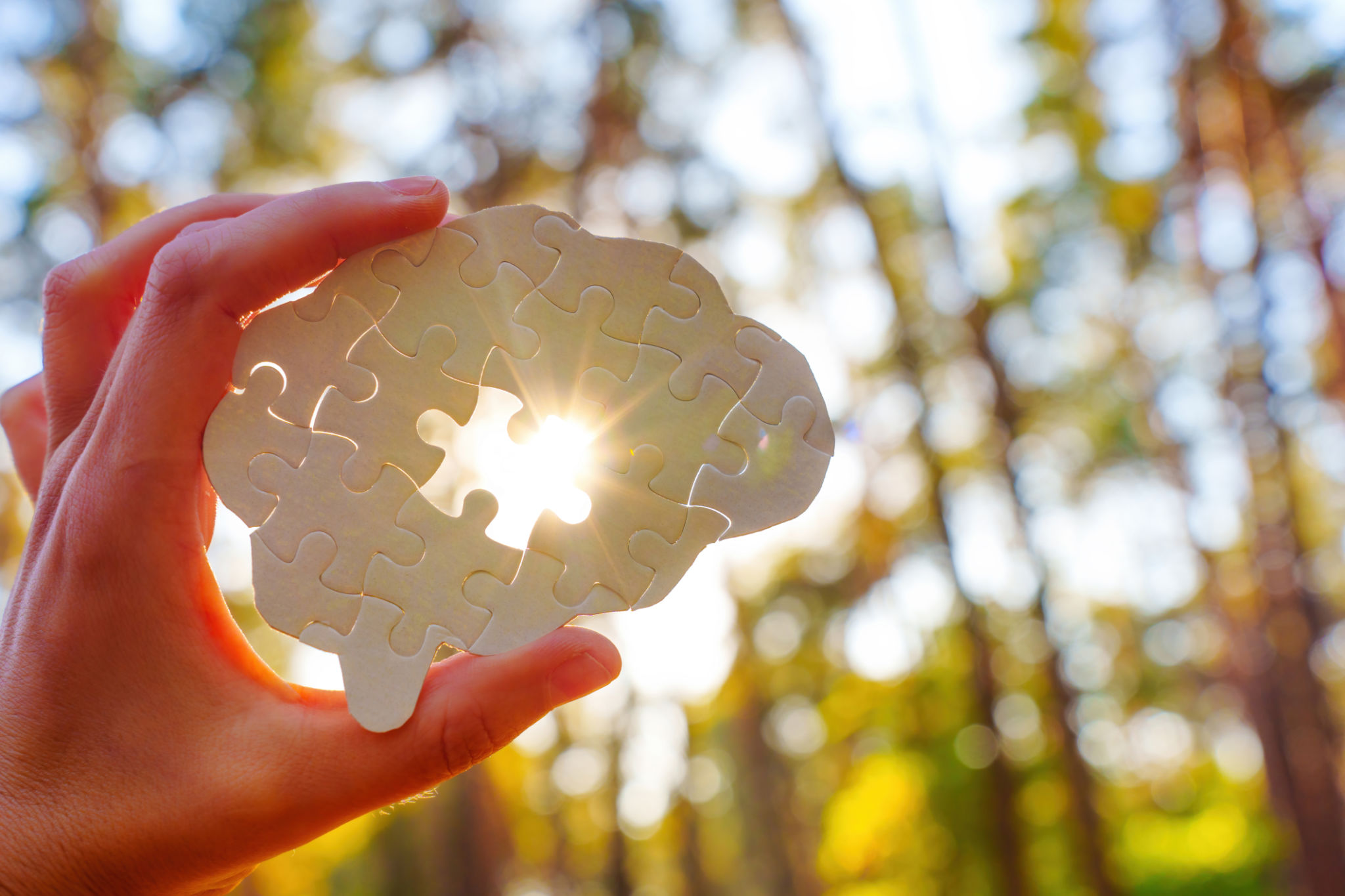The Difference Between Anxiety and Depression: Key Signs and Symptoms
Understanding Anxiety and Depression
Anxiety and depression are two of the most common mental health disorders affecting individuals worldwide. While they are often mentioned together, they are distinct conditions with unique characteristics. Understanding the key signs and symptoms of each can help in identifying and addressing them effectively.

What Is Anxiety?
Anxiety is a normal reaction to stress and can be beneficial in some situations. It can alert us to dangers and help us prepare and pay attention. However, anxiety disorders involve more than temporary worry or fear. For a person with an anxiety disorder, the anxiety does not go away and can get worse over time.
Common symptoms of anxiety include:
- Feeling nervous, restless, or tense
- Having a sense of impending danger, panic, or doom
- Increased heart rate
- Breathing rapidly (hyperventilation)
- Sweating and trembling
- Feeling weak or tired
- Trouble concentrating or thinking about anything other than the present worry
Understanding Depression
Depression is a mood disorder that causes a persistent feeling of sadness and loss of interest. It affects how you feel, think, and handle daily activities, such as sleeping, eating, or working. Unlike the transient feelings of sadness that everyone experiences, depression is persistent and can have a significant impact on one's quality of life.

Symptoms of depression include:
- Persistent sad, anxious, or "empty" mood
- Feelings of hopelessness or pessimism
- Irritability
- Loss of interest or pleasure in hobbies and activities
- Decreased energy or fatigue
- Difficulty concentrating, remembering, or making decisions
- Insomnia or sleeping too much
- Appetite or weight changes
- Thoughts of death or suicide
Key Differences Between Anxiety and Depression
While both disorders can occur simultaneously, they have distinct features that set them apart. Anxiety is characterized by excessive worry about future events, while depression involves a pervasive sense of sadness about the past or present. Anxiety often involves physical symptoms like increased heart rate and sweating, whereas depression typically leads to changes in sleep patterns and appetite.

The Overlap Between Anxiety and Depression
It is not unusual for people to experience both anxiety and depression at the same time. When this occurs, it is known as comorbidity. Recognizing the overlap can be essential for effective treatment. Symptoms such as irritability, fatigue, and difficulty concentrating can be present in both disorders.
If you or someone you know is experiencing symptoms of anxiety or depression, it is crucial to seek professional help. Both conditions are treatable with therapy, medication, or a combination of both. Early intervention can lead to better outcomes and improve overall quality of life.
Coping Strategies and Treatment Options
Coping with anxiety and depression can be challenging, but there are strategies that can help manage symptoms. Engaging in regular physical activity, maintaining a healthy diet, and practicing mindfulness techniques such as meditation can all contribute to improved mental health.
Treatment options vary depending on the severity of the disorder but generally include psychotherapy, medication, or a combination of both. Cognitive-behavioral therapy (CBT) is particularly effective for both anxiety and depression.

Conclusion
Anxiety and depression are serious mental health conditions that require attention and understanding. While they share some similarities, they are distinct in their causes and manifestations. Recognizing the signs and seeking appropriate treatment can lead to recovery and an improved sense of well-being.